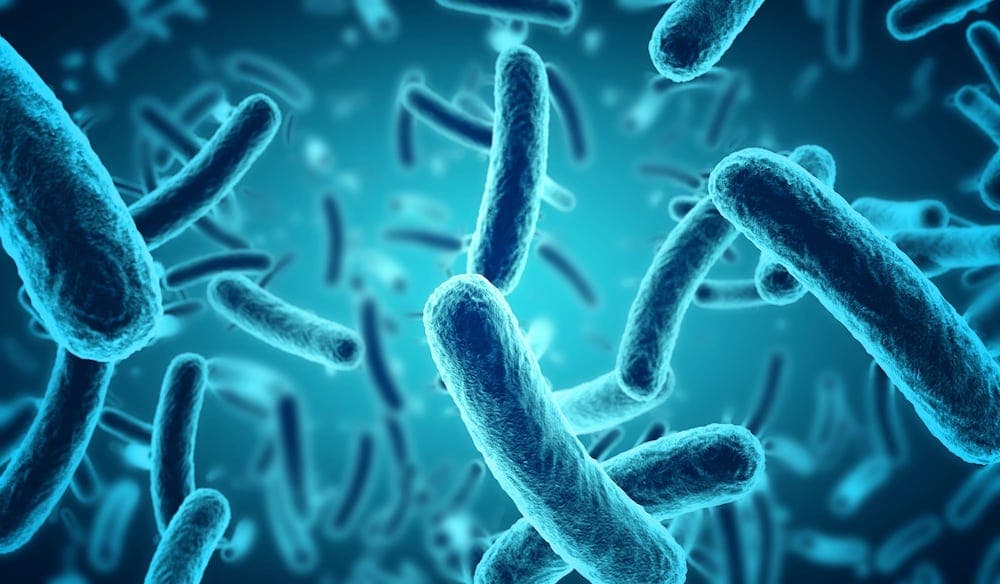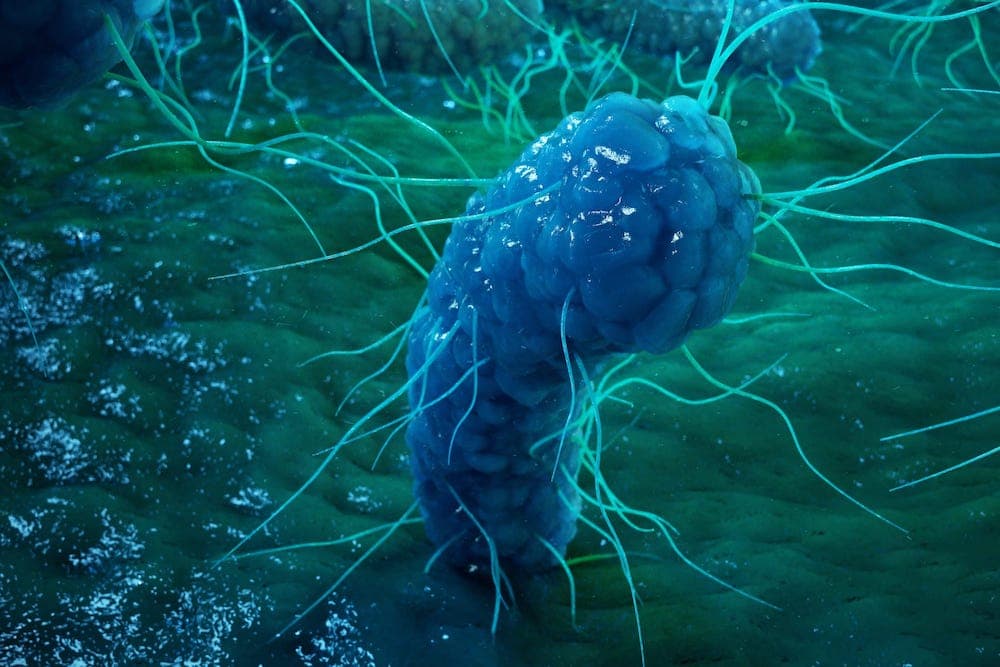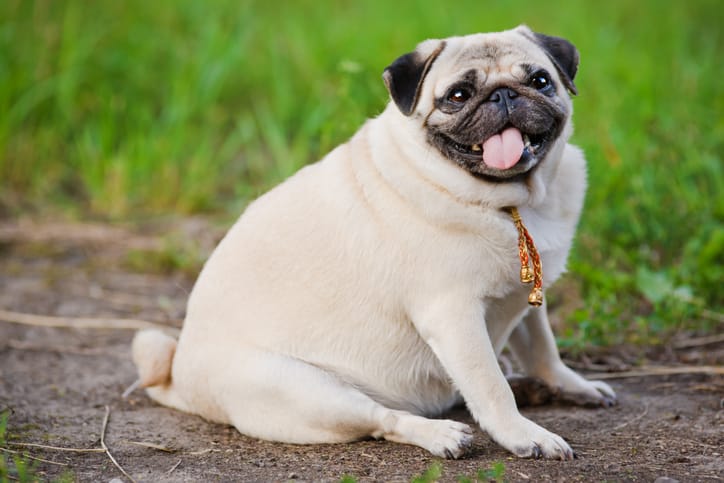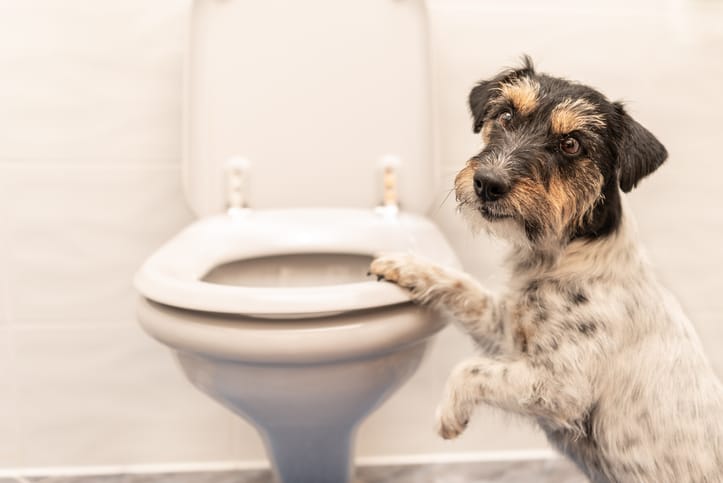Learn : Food & Nutrition
Microbiome in Nutrition
All living things require a source of nourishment, something to provide all the components necessary to stay alive. Plants convert sunlight into energy via photosynthesis; animals secure nourishment from the food they eat. In order to acquire nutrients, animals have a digestive system to help break down food, which the body can then use. However, animals are not capable of digesting all the nutrients from their diet. For instance, humans cannot digest fiber, so how do we benefit from nutrients that we cannot break down? Animals get a little help from their microbiome.
Animal gastrointestinal tracts, the organ system responsible for taking in food and digesting it to break down nutrients for host function, are extremely variable. For example, human diets pass through the mouth, esophagus, stomach, and intestines before expulsion from the body.
Ruminants like cows have a similar structure, except their stomach has four separate compartments1, which allows them to consume harder to digest foods. Dogs and cats have a simple gastrointestinal tract with only one stomach compartment, although they tend to be more carnivorous and thus the
Diet3 has an enormous impact on microbiome composition in the gut, since changes in the types of food we consume may lead to shifts in the types of bacteria that are predominantly present4. The microbiome also has a considerable influence on our ability to break down and absorb nutrients. Human and mouse studies have found that our microbiota
One example is oligosaccharides, a type of carbohydrate, found in human breast milk6. These oligosaccharides help shape an infant’s gut microbiome by selecting beneficial bacteria over other species. Breast milk has been shown to promote infant health and decrease the risk of intestinal infection.
What do we know about how our pet’s microbiome is affecting their overall nutrition and health? Studies in companion animals are far behind those conducted in humans, but scientists are working to rectify the lack of research. Researchers have made some preliminary observations about canine and feline microbiomes as well as their relationship with diet and nutrition.
Dog Microbiome and Nutrition
DNA sequencing efforts have been used to characterize the composition of the dog microbiome, which is made up of various bacteria from Firmicutes, Bacteriodetes, Actinobacteria, Proteobacteria, and Fusobacteria phyla7. Since many of the bacterial species that live in the canine gut cannot be grown in the lab, it has been extremely difficult to study their specific function in the gut.
However, scientists have used a technique called metagenomics, where they study the genes isolated from unknown bacteria to identify and compare them to previously characterized species. This can be used to determine their potential role in the microbiota. Studies have also been conducted to examine the relationship between the microbiome and nutrition, called metabolomics8. Metabolomics is the study of all processes involving metabolites, the small molecules that are produced when nutrients are broken down.
Typically, dogs are fed a specific diet and its impacts are measured through DNA sequencing of the bacterial population to infer what role the shifting species may have on their host. One study9 found that the predominant functional categories in the canine gastrointestinal tract, which were not impacted by diet, were related to the metabolism of carbohydrates, proteins, and DNA metabolism as well as vitamins and amino acids.
Notably, dogs do not appear to rely on the microbiota for energy as humans do2. However, studies have found similar shifts3 in the microbiomes of dogs and humans fed high-protein, low-carbohydrate diets. These shifts were also associated with an enrichment in possible weight-loss networks.
Cat Microbiome and Nutrition
Similar metagenomics approaches have been used in cats and found that their microbiome is comprised of the same bacterial phyla found in dogs10. The microbiome composition tends to vary along the gastrointestinal tract, with different populations inhabiting various tissues. These populations also appear to be sensitive to changes in diet, as they can be modulated by the fiber and macronutrient content of a cat’s food. Moreover, microbial dysbiosis, or imbalance between good and bad bacteria, has been observed in cats with intestinal disease11, similar to dogs and humans.
What Does it All Mean?
The diets of dogs and cats are often thought of in relation to their canine and feline relatives: wolves and lions primarily eat meat, so my pets should too! However, studies are revealing more about the nutritional needs of our pets and they are quite different than wild animals. While cats are carnivorous14 (feral cats typically rely on a diet solely consisting of animal tissue), dogs are omnivorous15 like their human companions.
Some genes are found specifically in dogs, but not their wolf counterparts, which are involved in the digestion of starch and glucose16. This omnivorous lifestyle may be linked to the similarity between
References
1. The ruminant digestive system. Available at: https://extension.umn.edu/dairy-nutrition/ruminant-digestive-system. (Accessed: 5th December 2018)
2. Deng, P. & Swanson, K. S. Gut microbiota of humans, dogs and cats: current knowledge and future opportunities and challenges. Br. J. Nutr. 113 Suppl, S6–17 (2015).
3. Li, Q., Lauber, C. L., Czarnecki-Maulden, G., Pan, Y. & Hannah, S. S. Effects of the Dietary Protein and Carbohydrate Ratio on Gut Microbiomes in Dogs of Different Body Conditions. MBio 8, (2017).
4. Walker, A. W. et al. Dominant and diet-responsive groups of bacteria within the human colonic microbiota. ISME J. 5, 220–230 (2011).
5. Gilbert, J. A. et al. Current understanding of the human microbiome. Nat. Med. 24, 392–400 (2018).
6. Barile, D. & Rastall, R. A. Human milk
7. Hooda, S., Minamoto, Y., Suchodolski, J. S. & Swanson, K. S. Current state of knowledge: the canine gastrointestinal microbiome. Anim. Health Res. Rev. 13, 78–88 (2012).
8. Honneffer, J. B., Steiner, J. M., Lidbury, J. A. & Suchodolski, J. S. Variation of the microbiota and metabolome along the canine gastrointestinal tract. Metabolomics 13, 26 (2017).
9. Swanson, K. S. et al. Phylogenetic and gene-centric metagenomics of the canine intestinal microbiome reveals similarities with humans and mice. ISME J. 5, 639–649 (2011).
10. Minamoto, Y., Hooda, S., Swanson, K. S. & Suchodolski, J. S. Feline gastrointestinal microbiota. Anim. Health Res. Rev. 13, 64–77 (2012).
11. Suchodolski, J. S. et al. The fecal microbiome in cats with diarrhea. PLoS One 10, e0127378 (2015).
12. Blake, A. B. & Suchodolski, J. S.
13. Barry, K. A. et al. Effects of dietary fiber on the feline gastrointestinal metagenome. J. Proteome Res. 11, 5924–5933 (2012).
14. Plantinga, E. A., Bosch, G. & Hendriks, W. H. Estimation of the dietary nutrient profile of free-roaming feral cats: possible implications for nutrition of domestic cats. Br. J. Nutr. 106 Suppl 1, S35–48 (2011).
15. Bosch, G., Hagen-Plantinga, E. A. & Hendriks, W. H. Dietary nutrient profiles of wild wolves: insights for optimal dog nutrition? Br. J. Nutr. 113 Suppl, S40–54 (2015).
16. Axelsson, E. et al. The genomic signature of dog domestication reveals adaptation to a starch-rich diet. Nature 495, 360–364 (2013).



 Microbiome And Its Relationship To Health
Microbiome And Its Relationship To Health
 Microbiome And Pet Health
Microbiome And Pet Health
 Microbes in the Gut
Microbes in the Gut
 Giardia & Its Link to the Microbiome
Giardia & Its Link to the Microbiome
 Obesity & The Microbiome
Obesity & The Microbiome
 A Dog's Share (of the Microbiome)
A Dog's Share (of the Microbiome)